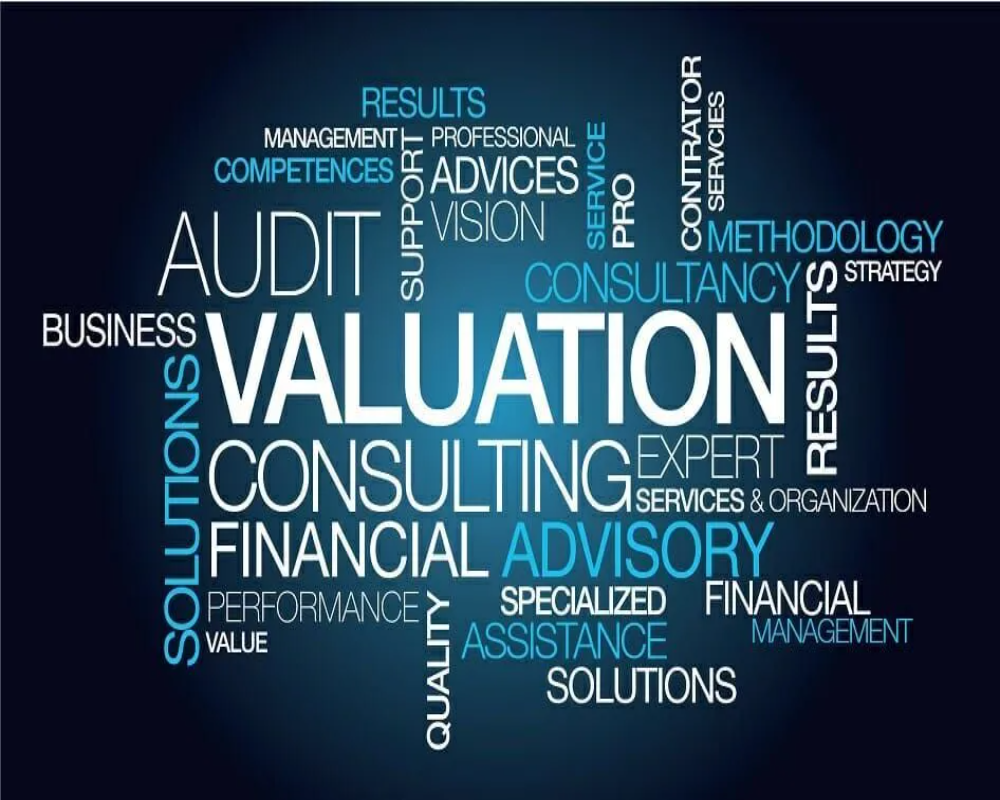Introduction
Industrial property valuation is a critical process for determining the fair market value of land, buildings, and infrastructure used for manufacturing, warehousing, logistics, and related purposes. Accurate valuation is essential for a variety of business activities including acquisition, financing, taxation, insurance, leasing, and investment analysis. Given the complexity of industrial assets, valuation methods must consider not only physical characteristics but also operational capacity, location dynamics, market conditions, and future potential. Several professional techniques are employed by valuers depending on the purpose of the valuation and the type of property involved.
Market Comparison Approach
This method involves comparing the subject property with similar industrial properties that have recently been sold or leased in the same area. Adjustments are made for differences in size, location, infrastructure, and condition. It is most effective in active markets where comparable sales data is readily available.
Cost Approach
The cost approach calculates the value of an industrial property by summing the land value and the cost to construct a similar building, minus depreciation. It is useful for valuing specialized properties with limited market comparables or for newly built facilities.
Income Capitalization Method
This approach is based on the potential income that the property can generate. It estimates value by capitalizing the expected net operating income using a capitalization rate. This method is commonly used for leased industrial properties and investment evaluations.
Discounted Cash Flow (DCF) Analysis
DCF is a more detailed version of the income method, projecting future cash flows over a specific period and discounting them to present value using an appropriate discount rate. It is useful for complex industrial projects or multi-tenant facilities with variable cash flows.
Residual Land Value Method
This method is used when the industrial property is to be redeveloped or repurposed. The future value of the developed property is estimated, and the cost of development is subtracted to determine the current land value. It is often applied in urbanizing industrial areas.
Replacement Cost Method
Similar to the cost approach, the replacement cost method assesses the expense of replacing the existing facility with another of equivalent functionality. It is frequently used in insurance valuations and for unique, non-standard industrial structures.
Rental Yield Method
This technique is used in cases where the industrial property is leased. It calculates value based on the current rental income divided by the yield expected from similar properties. It is ideal for investment-grade industrial assets.
Depreciated Replacement Cost (DRC) Method
DRC is applied when there is limited market evidence and the property is specialized or rarely sold. It considers the cost to build a new equivalent structure minus depreciation due to physical wear, functional obsolescence, or external factors.
Profit Method of Valuation
This method is used for industrial properties that are closely linked to business operations, such as processing plants or logistics hubs. It assesses the property’s contribution to the business’s profitability to derive a capital value.
Development Potential Method
If the industrial land has potential for future development, the value is estimated based on the highest and best use rather than current use. This method considers zoning changes, infrastructure upgrades, or shifting market trends.
Benchmarking and Industry Indexing
Valuers sometimes use industrial indices or benchmarking against regional data to align property values with broader economic trends. This method complements other techniques, especially in large portfolio valuations.
Earnings Before Interest, Taxes, Depreciation, and Amortization (EBITDA) Multiple
For industrial units closely tied to specific enterprises, valuation may be linked to the business’s EBITDA. A multiplier is applied based on industry standards to estimate the property’s contribution to the overall business value.
Capital Asset Pricing Model (CAPM)
CAPM may be used in sophisticated financial analysis to determine the appropriate rate of return for income-based valuations. It assesses the risk premium associated with the industrial asset and its place in a diversified investment portfolio.
Zonal Valuation and Government Guidelines
In certain jurisdictions, government authorities publish zonal values for taxation or regulatory purposes. These may serve as baseline indicators for industrial property valuation, especially during official assessments.
Valuation by Expert Panel or Committee
For high-value or disputed industrial properties, valuation may be conducted by a panel of engineers, economists, and real estate experts to arrive at a consensus-based value, combining multiple methodologies.
Conclusion
Valuing industrial property is a multifaceted task that demands a combination of market understanding, technical knowledge, and analytical rigor. Each valuation method offers unique insights, and the choice of approach depends on the purpose of valuation, property characteristics, and data availability. Whether for investment, development, compliance, or financial reporting, accurate and reliable valuation ensures better decision-making, risk management, and strategic planning. Industrial stakeholders must work with qualified valuers to ensure their property assets are assessed in line with current standards, market realities, and future potential.
Hashtags
#IndustrialValuation #PropertyValuation #RealEstate #CommercialRealEstate #ValuationMethods #MarketApproach #IncomeApproach #CostApproach #Appraisal #RealEstateInvesting #PropertyAppraisal #InvestmentAnalysis #RealEstateMarket #ValuationExperts #IndustrialProperties #AssetValuation #RealEstateTrends #PropertyInvestment #ValuationTechniques #CommercialProperties


